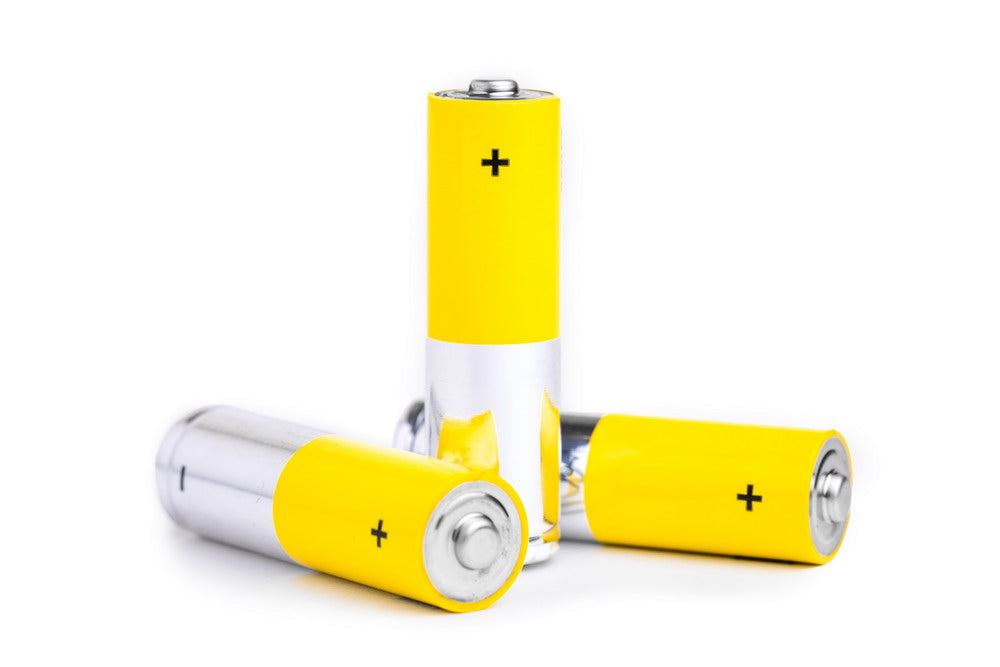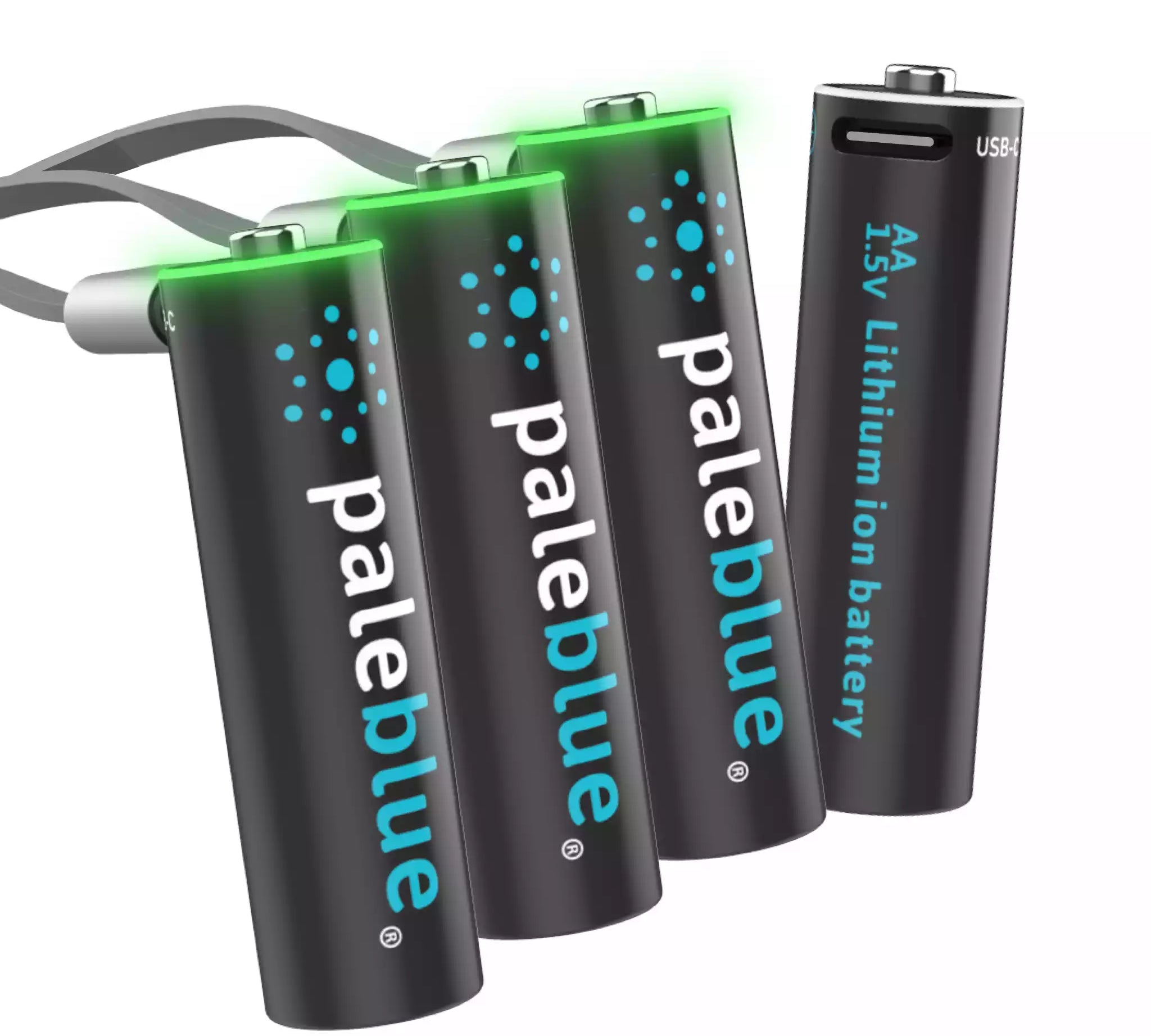How to Avoid Purchasing Counterfeit Batteries (It's Not Hard)

Yahoo! Life contributor Kali Coleman recently put together a piece discussing FBI warnings over counterfeit batteries. It is a good piece that reminds readers the reality of counterfeit products. To play off that post, we want to give our readers the most effective tips we know for avoiding buying counterfeits that could end up disappointing you.
The biggest issue with counterfeit batteries is that they may not be manufactured to the same standards companies like Paleblue follow. You also don't know where they are made and who actually made them. All of this adds up to a product that could fall short of your expectations or needs.
Where Are Counterfeit Batteries Found?
Although counterfeiters are not shy about making consumer batteries in standard formats – think AA, AAA, etc. – the vast majority of counterfeit batteries show up in devices that rely on proprietary form factors. These would be batteries in phones, tablets, laptop computers, etc.
It is easier to get away with counterfeiting proprietary form factors because customers don't necessarily know what they are looking at. On the other hand, an AA battery is another matter. We are all familiar with what it should look like. We are also pretty familiar with our favorite brands. That makes consumer batteries harder to fake.
How to Avoid Counterfeit Batteries
Look at Battery Markings
Your first line of defense against counterfeit batteries is looking at the markings on battery cases. OEM manufacturers generally make use of the name and logo of the brand their batteries are made for. If you are buying a battery for a particular make and model of cell phone, do the markings on the case match the brand?
This doesn't necessarily mean that counterfeit batteries will not have similar markings. Counterfeiters often make use of well-known logos and names. But you can also check the quality of the printing. It is not unusual for the quality to be much lower on a counterfeit.
Be Cognizant of Battery Pricing
Your next line of defense is pricing. One of the ways counterfeiters manage to sell their batteries is to offer them at what appear to be deeply discounted prices. It's normal for an aftermarket battery to cost less than an OEM product, but the price difference shouldn't be too drastic. Steeply discounted prices are a warning sign that you might be buying a counterfeit.
Only Buy from Trusted Sources
Your best defense against counterfeit batteries is buying only from trusted sources. Take Paleblue - we have worked long and hard to build and maintain our reputation over the years we've been in business. We can promise that none of the USB-C rechargeable batteries you purchase directly from us are counterfeits as we are in close control over our supply chain.
Buying directly from our website guarantees legitimate products. If you choose to buy elsewhere, just make sure that the retailer has a reliable reputation. Avoid buying from wholesale outlets, as they tend to be havens for counterfeit products.
You Get What You Pay For
The moral of the story, so to speak, is that you get what you pay for. You can save some money by buying those deeply discounted batteries online. But the chances that you are getting a counterfeit product are pretty high. Counterfeit batteries are not manufactured to the same high standards. You'll save some money, but you will get a lower quality product.
How serious is the issue? Serious enough that the FBI is actively warning consumers to avoid counterfeit batteries. Heed that warning. Choose brand-name products from manufacturers and retailers you know you can trust. That is the absolute best way to guarantee you don't end up with a set of batteries you do not really want.
- Tags: Batteries








